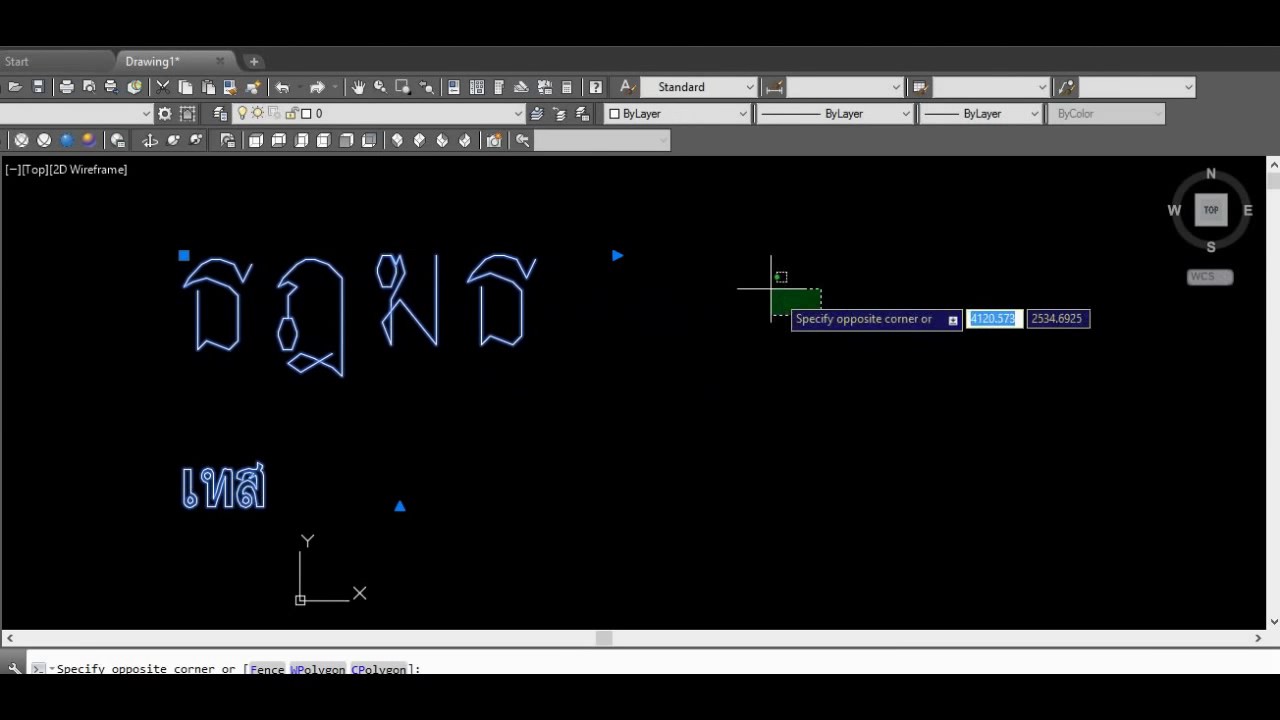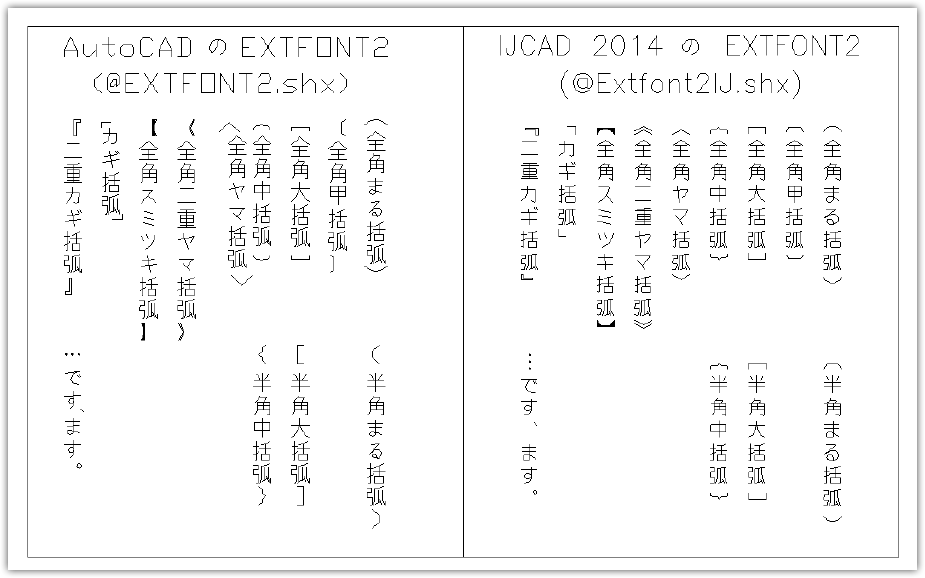
The “T” on the far right end is now noticeably “taller” due to how the the extra font lineweight is applied ( transparency applied so you can see how it rests on the horizontal line) Note that SHX fonts “grow” in their font lineweight outwardly from the imaginary centerline of the character definition.In the illustration below, The horizontal lines represent the limits of the text height, set at 0.10″.SHX and TTF characters set to the same height may not be… the same height.So, want a “thicker” font lineweight? Increase the text height. TTF font lineweights are scaled relative to the text height. With TTF fonts, you are limited to two font lineweights (Standard and Bold) for any given text height, and you’ll need a separate text style for each one.You can have as many font lineweights for your text characters as you have lineweights defined in the drawing or plot style. So, you can have a single text style (say you name it “Simplex”) and you can draw multiple text objects at a given height (say 0.10″) and have the font lineweight vary between very thin, perhaps to indicate something existing, to very BOLD, perhaps to indicate something proposed.Whether inherited through their native property or from a plot style, you can effectively control the “weight” or “thickness” of the font characters ( hereinafter referred to as the font lineweight) by merely changing the lineweight property, again either directly or via a plot style, just like you can with any other entity such as a polyline or arc.Let’s take a look at two important differences. It took several more years before most users started to seriously consider using TTF due to the slowness with which AutoCAD handled these fonts.Ģ0+ years later, we still see confusion sometimes about the differences between the two font types.
#Arabic shx fonts for autocad windows#
Most CAD users were split between DOS (and other O/S) and the graphical Windows where TTF could more easily be used. In 1994, with the release of AutoCAD R13, things changed because TrueType fonts were now supported.

Shape based fonts were fast to draw and lightweight.

But at most plotted sizes, it looks like a perfect “O”, so no worries. There is nothing curved or smooth about it. If you zoom in close enough you can see that the letter “O” for example, is composed of 16 line segments (using Simplex.shx).

These are essentially characters defined by vectors. We have seen some people over the years making the switch from shape based fonts (SHX) to TrueType fonts (TTF) in AutoCAD, BricsCAD, etc.įor the first 12 years of AutoCAD’s existence, you did not have a choice, as SHX fonts were your only option.


 0 kommentar(er)
0 kommentar(er)
